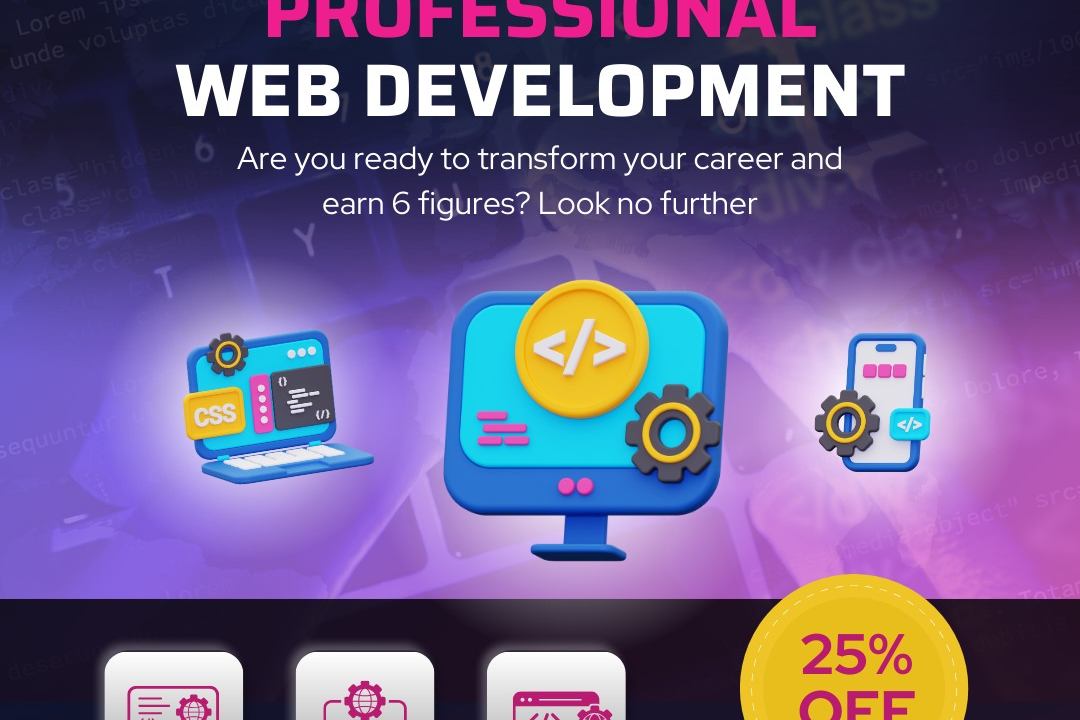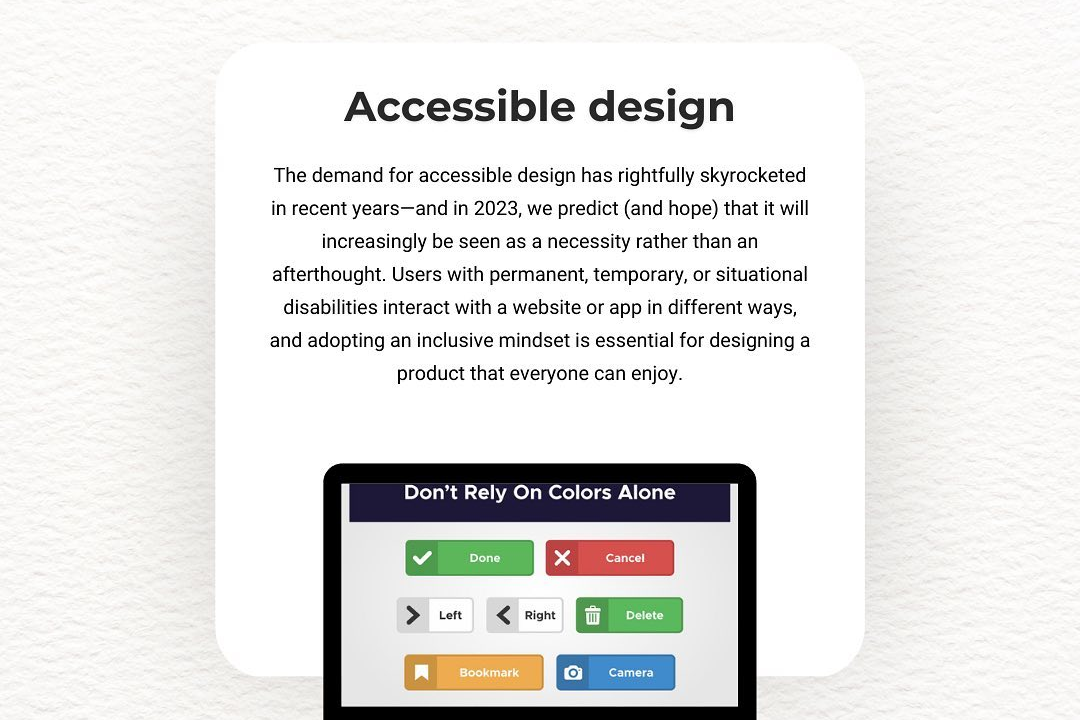Fact Of 1 Number Program In Php
A PHP program to calculate the factorial of a single number is a simple script that determines the p
Fact Of 1 Number Program In Php
A PHP program to calculate the factorial of a single number is an essential example for understanding fundamental programming concepts such as loops and recursion. It is useful for learning how to perform iterative calculations, handle user input, and manipulate control structures in PHP. Additionally, calculating factorials has practical applications in areas like combinatorics, probability, and mathematical computations, making this program a valuable foundation for more complex algorithms and analytical tasks. By mastering this, developers can enhance their problem-solving skills and build a strong base for tackling more advanced programming challenges.
To Download Our Brochure: https://www.justacademy.co/download-brochure-for-free
Message us for more information: +91 9987184296
A PHP program to calculate the factorial of a single number is an essential example for understanding fundamental programming concepts such as loops and recursion. It is useful for learning how to perform iterative calculations, handle user input, and manipulate control structures in PHP. Additionally, calculating factorials has practical applications in areas like combinatorics, probability, and mathematical computations, making this program a valuable foundation for more complex algorithms and analytical tasks. By mastering this, developers can enhance their problem solving skills and build a strong base for tackling more advanced programming challenges.
Course Overview
The “Fact of 1 Number Program in PHP” course introduces learners to calculating factorials of individual numbers using PHP. It covers fundamental concepts like loops and recursion in a practical, easy-to-understand manner, enabling students to perform mathematical computations and develop basic PHP programming skills efficiently.
Course Description
The “Fact of 1 Number Program in PHP” course teaches how to calculate the factorial of a number using PHP, covering basic programming concepts, loops, and recursion for efficient mathematical computations.
Key Features
1 - Comprehensive Tool Coverage: Provides hands-on training with a range of industry-standard testing tools, including Selenium, JIRA, LoadRunner, and TestRail.
2) Practical Exercises: Features real-world exercises and case studies to apply tools in various testing scenarios.
3) Interactive Learning: Includes interactive sessions with industry experts for personalized feedback and guidance.
4) Detailed Tutorials: Offers extensive tutorials and documentation on tool functionalities and best practices.
5) Advanced Techniques: Covers both fundamental and advanced techniques for using testing tools effectively.
6) Data Visualization: Integrates tools for visualizing test metrics and results, enhancing data interpretation and decision-making.
7) Tool Integration: Teaches how to integrate testing tools into the software development lifecycle for streamlined workflows.
8) Project-Based Learning: Focuses on project-based learning to build practical skills and create a portfolio of completed tasks.
9) Career Support: Provides resources and support for applying learned skills to real-world job scenarios, including resume building and interview preparation.
10) Up-to-Date Content: Ensures that course materials reflect the latest industry standards and tool updates.
Benefits of taking our course
Functional Tools
1 - PHP Programming Language: PHP serves as the primary tool for developing the factorial of a single number program. It is a widely used server side scripting language known for its simplicity and effectiveness in web development. During the training, students learn how to write, run, and debug PHP scripts, gaining hands on experience with syntax, functions, and variables. The course emphasizes understanding PHP's core features such as loops, conditionals, and functions, which are essential for constructing the factorial program. This foundational knowledge enables students to efficiently implement mathematical algorithms and develop dynamic web applications using PHP.
2) Integrated Development Environment (IDE): A robust IDE like Visual Studio Code, PHPStorm, or NetBeans is used throughout the course. These environments provide syntax highlighting, code suggestions, and debugging tools that simplify the programming process. Students are trained to set up and customize their IDE for PHP development, which enhances productivity and reduces errors. The IDEs also support version control integration, allowing students to track changes and collaborate more effectively. By mastering an IDE, learners can navigate complex codebases, troubleshoot issues swiftly, and adopt best practices in professional development.
3) Web Server (XAMPP/WAMP): Tools like XAMPP and WAMP are essential for running PHP scripts locally on students’ computers. These packages include Apache HTTP Server, MySQL database, and PHP, providing a complete environment for testing and executing PHP code. During the training, students learn how to install, configure, and manage these servers to simulate real world web hosting environments. This hands on experience helps them understand how PHP interacts with servers and databases, which is critical for deploying web applications. Using these tools, students can practice running their factorial programs in a realistic server setup.
4) Code Version Control System (Git): Git is introduced to teach students how to manage and track their code changes efficiently. It supports collaborative development and helps prevent data loss or version conflicts. In the course, students learn basic commands such as commit, push, pull, branches, and merges, which are vital for managing project code. Using platforms like GitHub or GitLab, learners can share their factorial program implementations, get feedback, and collaborate on improvements. This exposure to version control builds good software development habits and prepares students for professional coding environments.
5) Online Code Editors and Platforms: Cloud based IDEs such as CodePen, Replit, or PHP Fiddle are utilized for quick testing and demonstration purposes, especially for students who prefer browser based development. These platforms require no local setup and allow students to write, execute, and share PHP scripts easily. They foster a collaborative learning environment where students can experiment with different coding approaches and instantly see results. These tools also support real time code editing, which enhances interactive learning and helps students grasp concepts swiftly.
6) Debugging Tools: Built in debugging features within IDEs, along with standalone tools like Xdebug, are used to aid students in troubleshooting their PHP scripts. Debugging tools offer step by step execution, variable inspection, and error logging, which are invaluable for identifying logical errors in factorial programs. During training, students learn how to utilize these tools effectively to pinpoint issues, optimize code performance, and understand program flow. Mastering debugging techniques is crucial for developing robust, error free software.
7) Documentation Resources: Official PHP documentation and online tutorials are primary sources for learning syntax, functions, and best practices. Students are guided to use these resources extensively to resolve queries and deepen their understanding. The documentation provides in depth details on functions like factorial calculations, recursive versus iterative methods, and handling user inputs. Encouraging independent reference to these materials promotes self learning and ensures students can troubleshoot and enhance their code beyond the classroom context.
8) Mathematical and Logical Tools: Tools such as calculators, logical operators, and flowchart designing software support students in planning and understanding the factorial program’s logic. These utilities help in visualizing the algorithm, breaking down the problem into smaller manageable parts, and ensuring clarity before actual coding. Such tools foster critical thinking and precision, leading to cleaner and more efficient code development.
9) Test Data and Input Validation Tools: Students are provided with test datasets and learn to implement input validation techniques to handle various scenarios like negative numbers or non integer inputs. Tools like input validators or custom validation functions help ensure the program handles errors gracefully. Incorporating these tools during training prepares students to build reliable, user friendly applications that can withstand edge cases and unexpected inputs.
10) Educational Platforms and Video Tutorials: Platforms like YouTube, Udemy, or our own JustAcademy portal offer supplementary video lectures, coding demonstrations, and quizzes. These resources reinforce classroom teachings, provide visual explanations of complex concepts, and enable students to learn at their own pace. The integration of multimedia tools enriches the learning experience and caters to different learning styles, ensuring comprehensive understanding of PHP programming for factorial calculations.
11 - Database Management Systems (MySQL/PostgreSQL): For those expanding beyond basic factorial programs, tools like MySQL and PostgreSQL are introduced to demonstrate how computations and data can be stored, retrieved, and managed efficiently. Students learn how to create databases, tables, and queries to log factorial results or user inputs, thereby understanding the integration between PHP scripts and database systems. This knowledge is essential for developing scalable web applications that require data persistence and reporting.
12) Learning Management Systems (LMS): Platforms such as Moodle or TalentLMS facilitate structured course delivery, tracking progress, and administering assessments. Through these LMS tools, students can access course materials, submit assignments, and receive feedback. The system ensures an organized learning journey, enables remote learning, and provides analytics for instructors to monitor student engagement and understanding of factorial programming concepts.
13) Code Formatting and Commenting Tools: Students are guided on using code linters and beautifiers to maintain clean, consistent code. Additionally, emphasizing proper commenting practices helps improve code readability and maintainability. These tools foster professional coding habits, making collaboration smoother and future debugging more manageable, especially in team environments or larger projects.
14) Performance Testing Tools: To optimize factorial programs, tools like PHPBench or Custom Benchmark Scripts are used to measure execution time and resource consumption. Learners analyze the efficiency of recursive versus iterative implementations and learn how to write optimized code. This experience prepares students for real world scenarios where performance impacts user experience and scalability.
15) Continuous Integration/Deployment (CI/CD) Tools: Basic exposure to CI/CD pipelines using platforms like Jenkins or GitHub Actions introduces automation in testing and deploying PHP applications. Students understand how to automate code validation, run tests, and deploy their factorial programs seamlessly. This foundational knowledge promotes best practices in modern software release cycles.
16) Code Collaboration Platforms: Teams collaborate using platforms such as Bitbucket, GitHub, or GitLab, learning version control workflows, code reviews, and pull requests. These platforms facilitate peer feedback, code quality enhancements, and collaborative problem solving, vital skills for software development projects involving factorial and beyond.
17) Security Testing Tools: For advanced courses, tools to identify common vulnerabilities like input validation flaws or code injection attempts are introduced. Students learn best practices to secure PHP applications, ensuring that their factorial programs are resilient to potential security threats.
18) Automation Scripting Tools: Using scripting environments like Bash or PowerShell, students automate repetitive tasks such as setting up environments, running batch tests, or backing up code repositories. These skills increase efficiency and prepare learners for automation workflows in professional settings.
19) User Interface Design Tools: Tools like Adobe XD, Figma, or simple HTML/CSS editors are used to create intuitive interfaces for inputting data and displaying results of factorial calculations. Integrating UI/UX considerations ensures students understand how users interact with applications, an essential aspect of comprehensive software development.
20) Cloud Deployment Platforms: Introduction to platforms such as AWS, Heroku, or Azure allows students to deploy their PHP applications online. They learn deployment workflows, environment configurations, and securing cloud apps, enabling them to publish and share their factorial programs with broader audiences.
21 - Analytical and Visualization Tools: For advanced learners, tools like Chart.js or Google Charts are used to visualize factorial growth or performance benchmarks. Visual representations aid in better understanding complex concepts and make data driven insights accessible.
22) Educational Gamification Platforms: Some courses utilize gamified learning environments, assigning badges and rewards for completing challenges like coding factorial programs. This motivation structure enhances engagement and reinforces learning through competition and achievement.
23) Desktop Development Environments: For students interested in desktop applications, IDEs like Microsoft Visual Studio or NetBeans enable building PHP based applications with graphical user interfaces (GUIs). These tools diversify skill sets and open avenues for multimodal application development.
24) Debugging and Profiling Extensions: Profiler extensions such as Zend Debugger help in analyzing code execution and resource usage, allowing students to optimize their code further. Profiling large or recursive factorial functions demonstrates best practices in performance tuning.
25) Feedback and Evaluation Tools: Automated testing tools like PHPUnit are incorporated for unit testing, ensuring that factorial functions work correctly under various scenarios. Building test cases develops rigorous testing skills and guarantees code robustness.
Leveraging these diverse tools enriches the learning experience, equips students with industry relevant skills, and prepares them to develop full fledged, secure, and efficient PHP applications capable of handling complex logic and data management beyond basic factorial programs.
Browse our course links : https://www.justacademy.co/all-courses
To Join our FREE DEMO Session:
This information is sourced from JustAcademy
Contact Info:
Roshan Chaturvedi
Message us on Whatsapp: +91 9987184296
Email id: info@justacademy.co
Selenium Training Vedios Withlive Project












